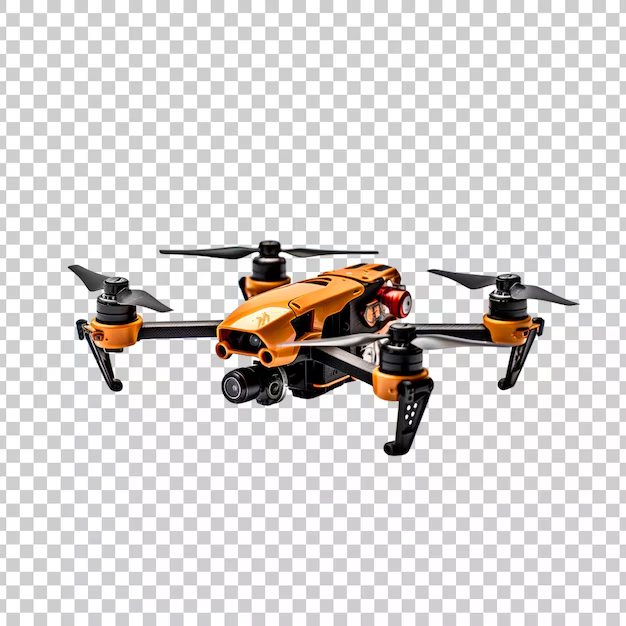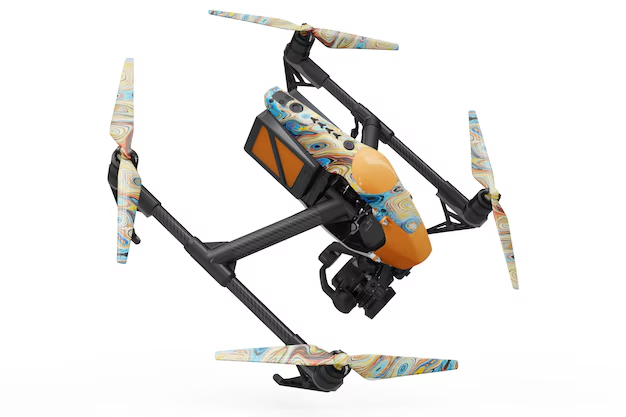The Future of E-Commerce: How Flipkart’s Drone Delivery System is Transforming Logistics
Introduction
In a world where speed and efficiency are crucial, Flipkart, one of India’s largest e-commerce giants, is setting new benchmarks in logistics with its innovative drone delivery system. This pioneering approach to delivery promises to revolutionize the way goods are transported, offering unprecedented speed and precision in an industry that is rapidly evolving. As drone technology continues to advance, Flipkart’s initiative could pave the way for a new era in e-commerce and logistics.
The Genesis of Flipkart’s Drone Delivery System
Flipkart, founded in 2007, has consistently been at the forefront of e-commerce innovation in India. With a vast network of suppliers and a sprawling customer base, the company has always sought ways to enhance its delivery efficiency. The introduction of drones into their logistics strategy is a natural progression in their quest to optimize operations. In recent years, advancements in drone technology and regulatory changes have made this ambitious project feasible.

How Flipkart’s Drone Delivery Works
Flipkart’s drone delivery system operates on a blend of cutting-edge technology and meticulous planning. Here’s an overview of how the system operates:
- Order Processing and Preparation: Once an order is placed, it is processed through Flipkart’s sophisticated logistics system. Products are picked, packed, and prepared for dispatch at regional fulfillment centers.
- Drone Deployment: Upon preparation, the package is loaded onto a drone. Flipkart utilizes high-tech drones equipped with GPS and navigation systems to ensure accurate delivery.
- Flight Path and Navigation: The drone is programmed with a specific flight path, taking into account factors such as air traffic and weather conditions. Real-time data ensures that the drone remains on course.
- Delivery and Handover: Upon reaching the destination, the drone either lands at a designated spot or hovers to drop the package using a release mechanism. The delivery is then confirmed, and the customer is notified.
Benefits of Drone Delivery
The adoption of drones in Flipkart’s delivery system offers several significant advantages:
- Speed: Drones can significantly reduce delivery times compared to traditional methods. With direct flight paths and minimal delays, customers can receive their orders much faster.
- Cost-Efficiency: While the initial investment in drone technology is substantial, the long-term cost benefits are significant. Drones reduce the need for ground transport and can streamline the logistics chain.
- Accessibility: Drones can reach remote or difficult-to-access areas where conventional delivery methods might struggle. This capability expands Flipkart’s reach into underserved regions.
- Reduced Traffic Congestion: By reducing the reliance on delivery trucks, drones can help alleviate traffic congestion, particularly in densely populated urban areas.
Challenges and Considerations
Despite the promising benefits, Flipkart’s drone delivery system faces several challenges:
- Regulatory Hurdles: Drone operations are subject to stringent regulations. Navigating these regulations requires compliance with safety standards and obtaining necessary permissions.
- Technical Limitations: Drones face constraints such as limited battery life, restricted payload capacity, and susceptibility to weather conditions. Ensuring reliable and consistent performance under various conditions is crucial.
- Safety and Privacy: The integration of drones into everyday logistics raises concerns about safety and privacy. Ensuring that drones operate safely and respect individuals’ privacy is paramount.
- Infrastructure Development: The successful implementation of drone delivery requires adequate infrastructure, including drone ports and maintenance facilities. Developing this infrastructure can be resource-intensive.
The Road Ahead
Flipkart’s foray into drone delivery is just the beginning of what could be a transformative shift in logistics and e-commerce. As technology continues to advance and regulatory frameworks evolve, the scalability and efficiency of drone deliveries are likely to improve. The success of Flipkart’s initiative could serve as a model for other companies and industries, potentially leading to widespread adoption of drone technology in various sectors.
Conclusion
Flipkart’s drone delivery system represents a significant leap forward in the e-commerce and logistics industries. By leveraging cutting-edge technology to enhance speed, efficiency, and accessibility, Flipkart is setting new standards for delivery services. While challenges remain, the potential benefits make it clear that drones are poised to play a crucial role in the future of logistics. As we look ahead, it will be fascinating to see how this technology evolves and what new innovations emerge from this exciting frontier.

